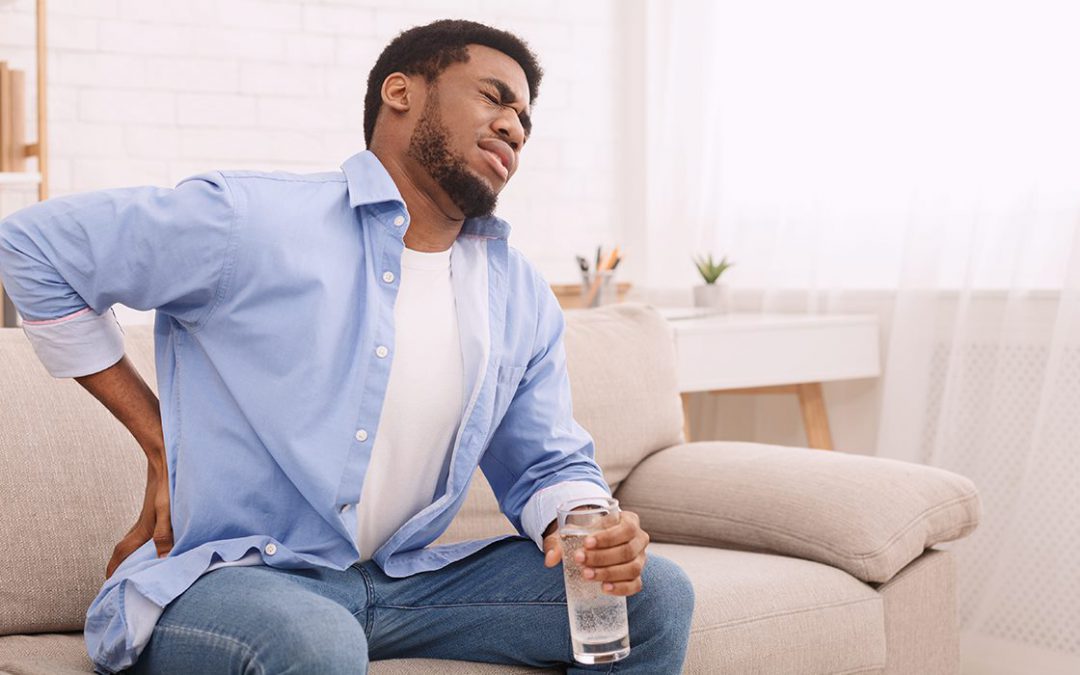Despite being one of the top causes of disability in the U.S., affecting around eight in 10 people in their lifetimes, back pain is an ailment often misunderstood by those affected, says Bend physical therapist Scott Weber.
Such misconceptions, Weber adds, can cause those suffering from back pain to seek solutions, potential treatment paths, and even lifestyle alterations that aren’t necessarily in their best interests.
“Back pain can be as frustrating as it is debilitating, especially if past preventative measures and treatments haven’t been helpful,” said Weber, co-owner of Alpine Physical Therapy in Bend. “This can lead a person down paths that don’t result in the best and most necessary evidence-based treatments.”
Such paths, Weber points out, are often too passive or temporary relief solutions that allow the condition to prolong or progress over time, setting people of for an event that may send them to the Neurosurgeon’s office.
“MRIs, shots, surgery … these are last resort-type treatments,” Weber said. “Most back pain issues will go away on their own in a few days. And even when they don’t, most remaining cases can be successfully resolved through safer, more affordable and more effective treatment approaches.”
To help health care consumers make better decisions when considering solutions to their back-pain issues, Weber sheds light on the following common back pain myths:
1. Bed Rest Helps with Relief & Healing:
Although effective in some acute cases, research strongly suggests long-term rest can slow recovery and even make your back pain worse and prone to recurrence. Instead, treatment involving movement and exercise (particularly walking, targeted stretching) often works better to hasten healing and provide relief.
2. I’ll always have back pain:
90% of us will get a significant onset of pain (>6wks) in our lifetime, 10% of these become recurrent and chronic. Recurrent or chronic back pain doesn’t necessarily mean you have a “bad back,” or are predisposed to back pain. Often times the reason your back pain has continued is due to an ineffective assessment of passive treatment. An approach that focuses on restoring proper spine mechanics, strength and body mechanics (awareness of how you move) is effective in reducing pain, recurrence and improving function.
3. I Just Need an ‘Adjustment’:
Those accustomed to visiting a chiropractor for back pain issues often claim to find relief from having their spine adjusted. While this process can release endorphins that offer some temporary relief, only about 10 percent of all back pain cases can actually benefit from spine mobilization. A treatment approach with patient-specific exercise has been found to be a more effective long term solution.
4. Medications are the Answer:
Indicated in certain acute onset conditions, the medication should never be viewed as a long-term solution to chronic back pain issues. Many prescription pain meds can be dangerous, addictive, and even make the pain worse in some instances.
5. I’ll Probably Need Surgery:
Of people experiencing low-back pain, only about 4 to 8 percent of their conditions can and should be successfully treated with surgery, according to the Cleveland Clinic. Current research shows 90-plus percent of herniated discs often get better on their own through a combination of rest and physical therapy.
6. I Need a Referral to See a Physical Therapist:
Multiple studies have concluded that physical therapy is one of the safest and most effective ways to both treat and prevent back pain. And in nearly every state, patients can access physical therapy services without first getting a physician’s prescription.
